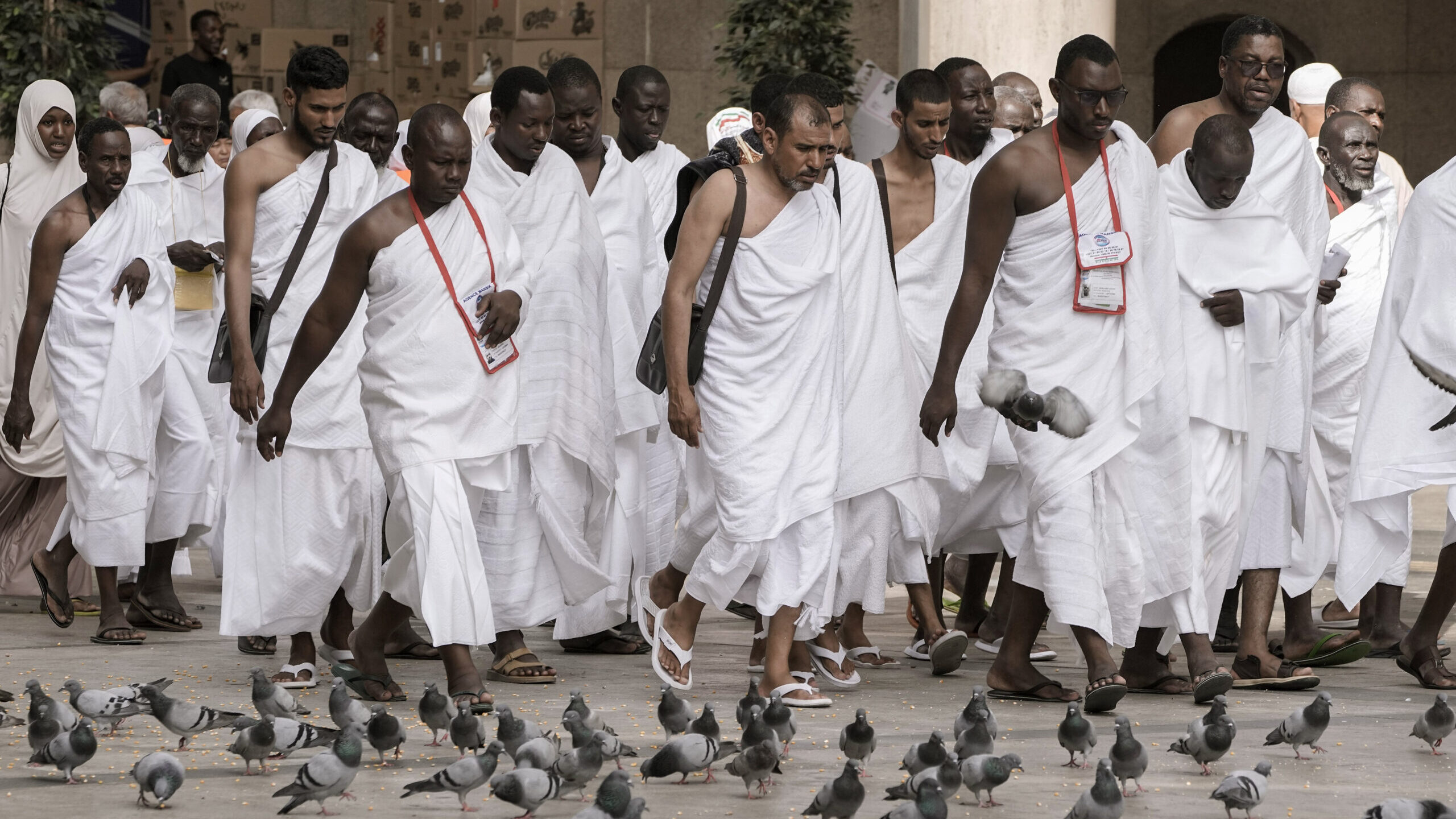Hajj pilgrims perform final rituals in Mecca before heading to Mina
MECCA, Saudi Arabia (AP) — Pilgrims streamed into Mecca’s Grand Mosque on Saturday to perform their final rituals before heading to Mina in preparation for the Hajj, the fifth pillar of Islam and one of the largest religious gatherings in the world.
They moved through the white marble courtyards of Islam’s holiest site to perform the tawaf, the walking circuit around the Kaaba, the cube-shaped structure covered in a black, gold-embroidered cloth, their fervent recitations ringing through the air.
People on the ground floor closest to the Kaaba shuffled due to the sheer number of participants. Those on the upper floors were able to walk more briskly, even run. Pilgrims raised their hands in supplication, took selfies or video, and phoned their relatives as they performed the tawaf.
They then walked or ran between two hills in a re-enactment of Hagar’s search for water for her son, Ismail, a story that occurs in different forms in Muslim, Christian and Jewish traditions.
Pilgrims must enter a state of spiritual purity, known as ihram, for the Hajj.
Men wear seamless white robes, a rule intended to promote unity among rich and poor. Women cover their body and hair.
In between rituals and the five daily prayers, which bring the area to a solemn standstill, pilgrims sought out shade, snacked and flocked to the many shops and air-conditioned malls encircling the Grand Mosque to relax before the arduous days ahead.
Saudi Arabia has restored full pilgrim capacity for this year’s Hajj, following three years of dramatically reduced numbers due to the pandemic, with more than 2 million Muslims expected to take part.
“I think this year (the) crowd is too much” said Mahboub Morshed, a 42-year-old software engineer from Bangladesh, referring to the thinner attendance of previous years. “But the government and this management (Ministry of Hajj and Umrah) is trying to manage this very smoothly.”
